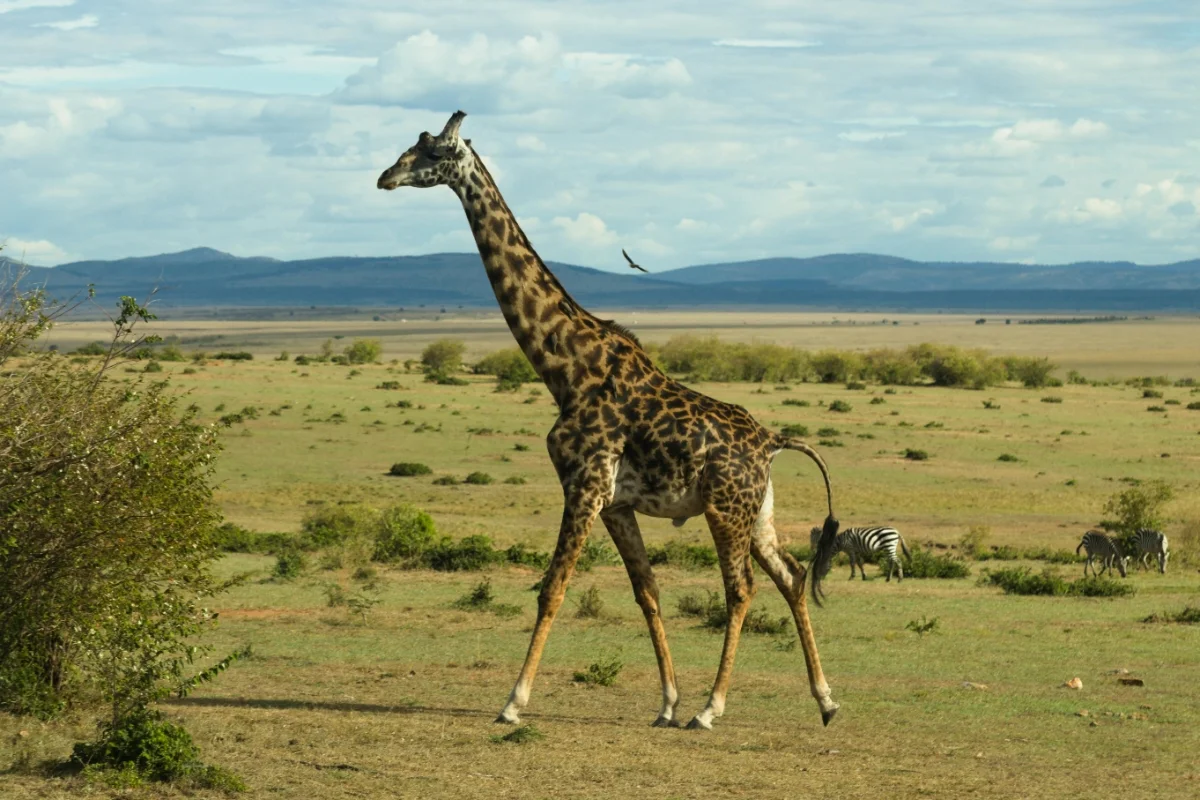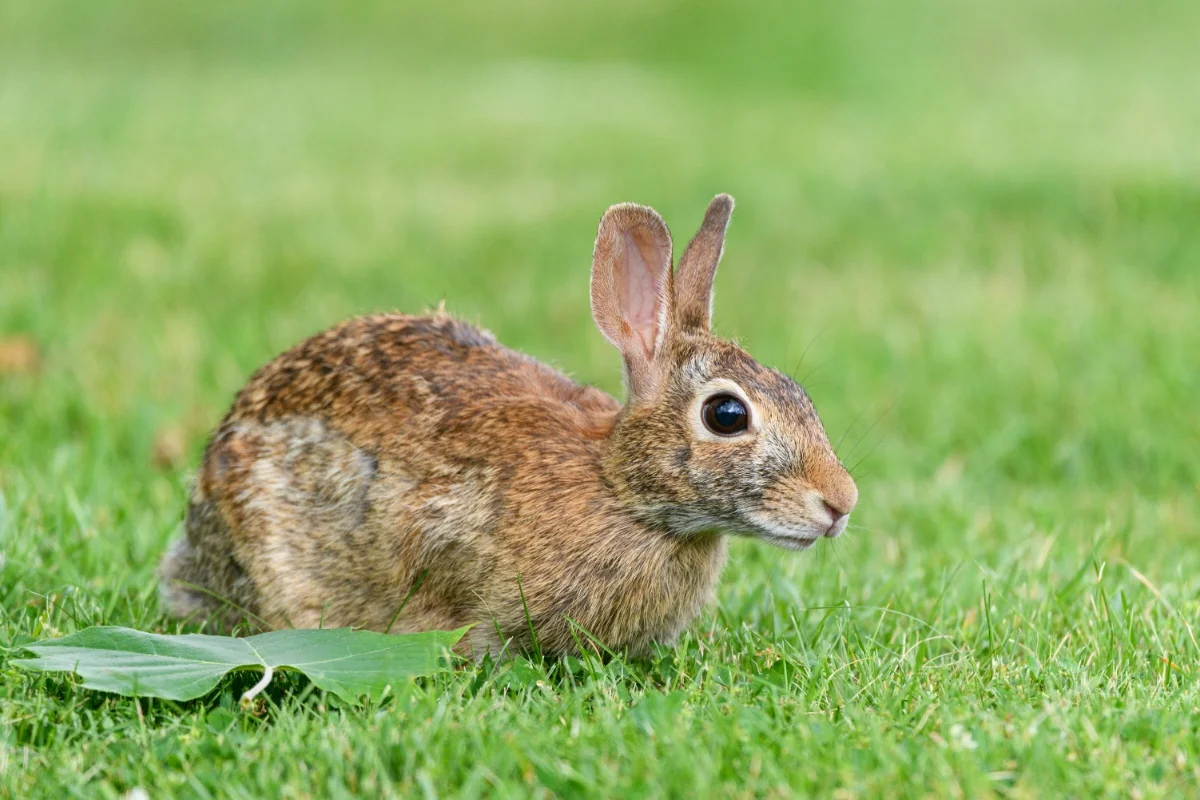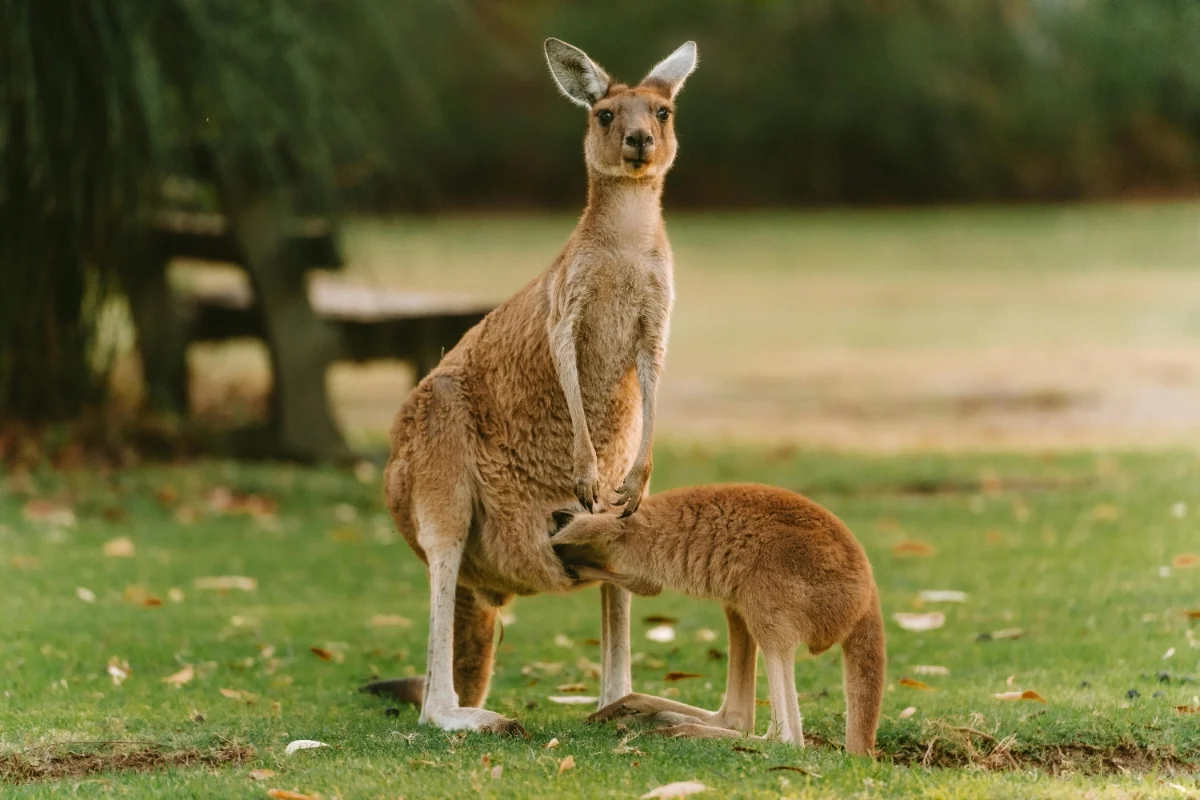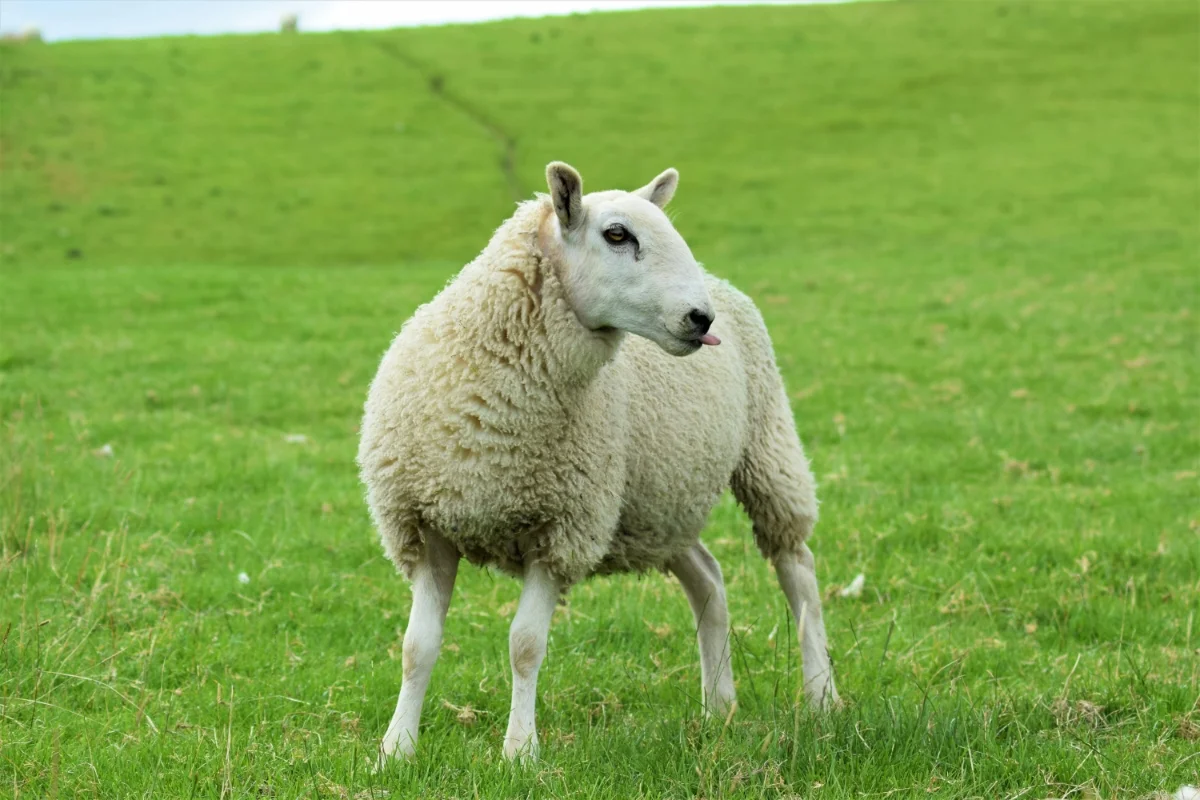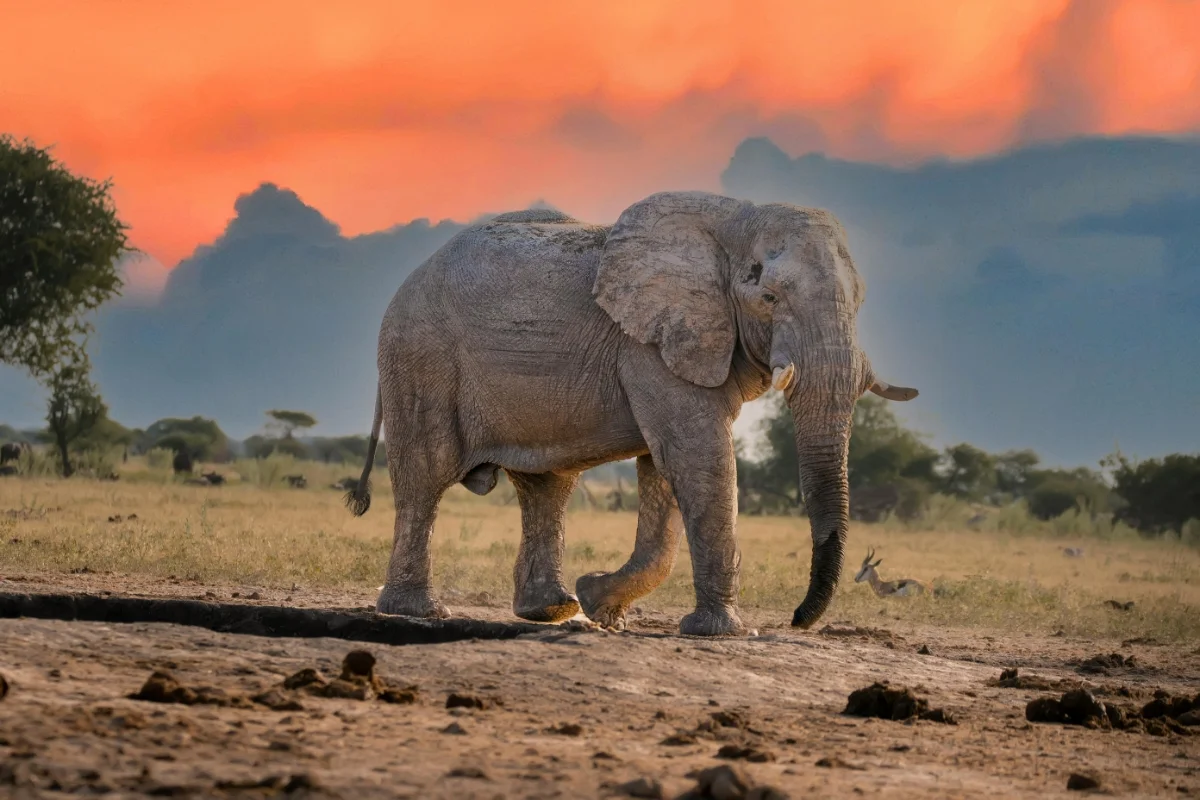Cat
Life Span
12–18 years
Top speed
48 km/h
Size
23–25 cm
Weight
3–5 kg
Cats (Felis catus) are small carnivorous mammals, commonly kept as pets. Known for their playful, independent nature, they have lived alongside humans for thousands of years. Cats come in various breeds, sizes, and colors, making them one of the most popular pets worldwide.
Cat Facts Overview
| Size: | 23–25 cm |
| Weight: | 3–5 kg |
| Top Speed: | 48 km/h |
| Food: | Meat |
| Color: | Black, white, gray, orange |
| Location: | Worldwide |
| Predators: | Coyotes, foxes, hawks |
| Lifespan: | 12–18 years |
| Habitat: | Homes, cities, forests |
| Gestation: | 63–65 days |
Cat Interesting Facts
Cats sleep up to 16 hours daily. They can rotate their ears 180 degrees and have excellent night vision. Cats also communicate through body language, purring, and vocalizations, with each sound having different meanings.
Cat Description
Domestic cats are small, agile creatures with sharp claws and teeth. They typically weigh between 3–5 kg, with soft fur that varies in color and pattern. Their flexible bodies and strong legs allow them to jump great heights and land gracefully.
Cat Characteristics
Cats are curious, independent, and highly adaptable. They have retractable claws, keen senses, and a strong hunting instinct. Their eyes reflect light at night, helping them see in the dark. Cats are also known for their grooming habits and affectionate behavior with trusted humans.
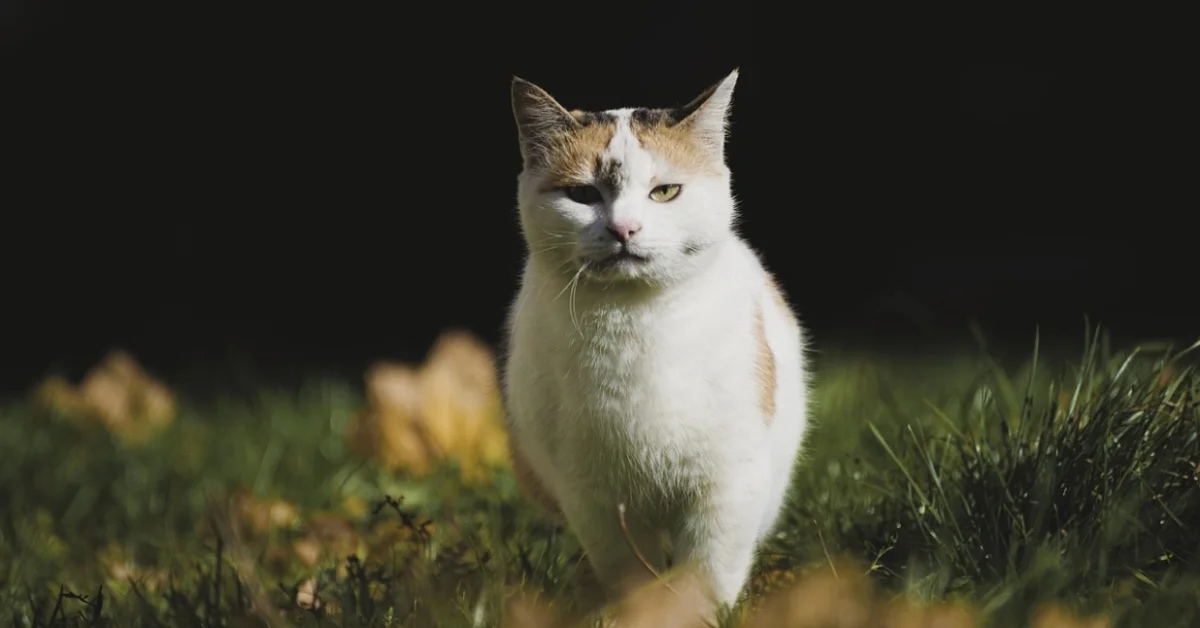
Cat Care
Caring for cats includes feeding them a balanced diet, providing clean water, regular grooming, and veterinary check-ups. They need mental stimulation through toys and play. Ensure a clean litter box and a safe, comfortable environment to keep them healthy and happy.
Cat Lifespan
Domestic cats live 12–18 years on average, though some can reach their early 20s. Proper care, diet, and regular vet visits can extend a cat’s lifespan. Outdoor cats tend to live shorter lives due to increased risks from predators and diseases.
Cat Predators
Cats face threats from larger animals like coyotes, foxes, and hawks. Feral cats are more vulnerable to these predators, as well as harsh weather and food scarcity. Domesticated cats are safer indoors but can still encounter danger outdoors from vehicles and dogs.
Cat Habitat
Cats adapt to various environments, from homes to urban streets and rural areas. Domesticated cats prefer cozy indoor spaces, while feral cats inhabit forests, parks, and alleys. Cats seek warm, dry places for rest and shelter, especially in colder climates.
Cat Distribution
Cats are found worldwide, from cities to rural areas. Domesticated cats live in homes across all continents except Antarctica. Feral populations thrive in many regions, especially where food sources are abundant, adapting well to different climates and terrains.
Cat Diet
Cats are obligate carnivores, needing meat to thrive. They eat small animals like mice, birds, and fish. Domesticated cats are fed commercial cat food, which provides balanced nutrition. Fresh water is essential to keep them healthy and prevent dehydration.
Cat Behavior
Cats are playful, curious, and territorial. They communicate with meows, purring, and body language. Grooming is a daily activity for hygiene and relaxation. They mark territory with scent and scratches. Social but independent, cats bond closely with humans they trust.
Cat Reproduction
Cats reach sexual maturity at 6–12 months. Female cats have multiple heat cycles annually. After mating, pregnancy lasts 63–65 days. A typical litter has 2–5 kittens. Kittens are weaned at 6–8 weeks. Spaying and neutering help control cat populations.
Cat Scientific Classification
| Kingdom: | Animalia |
| Phylum: | Chordata |
| Class: | Mammalia |
| Order: | Carnivora |
| Family: | Felidae |
| Genus: | Felis |
| Species: | Felis catus |
| Scientific Name: | Felis catus |
Animals for You
References
1. Cat Wikipedia Article – https://en.wikipedia.org/wiki/Cat



